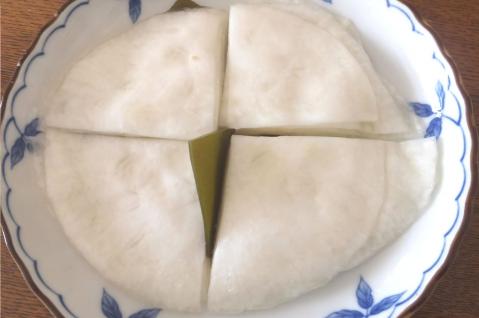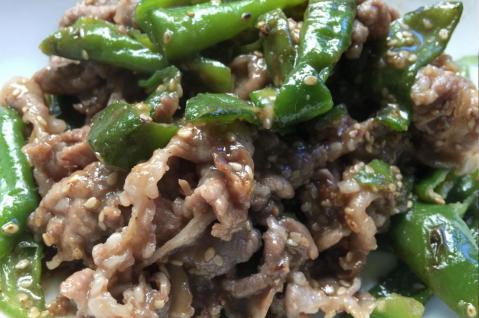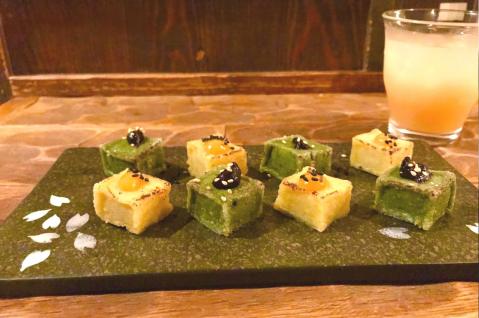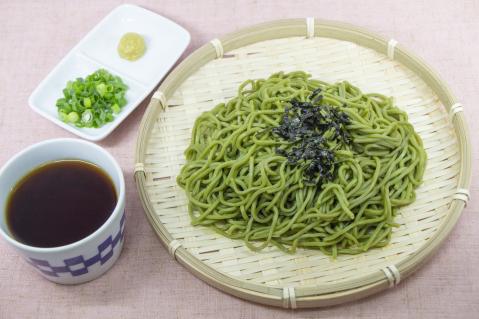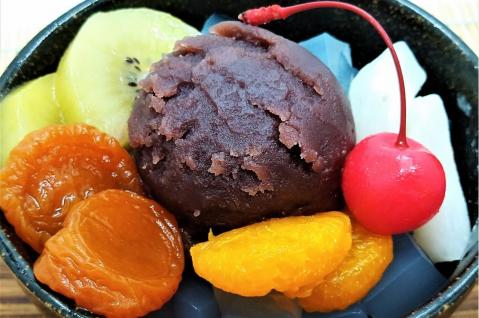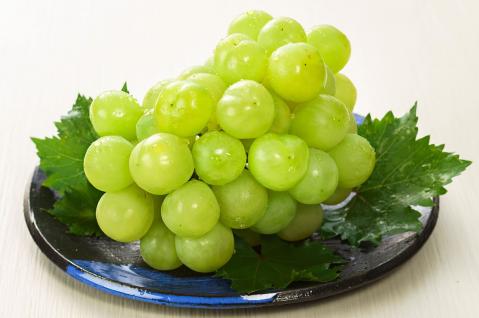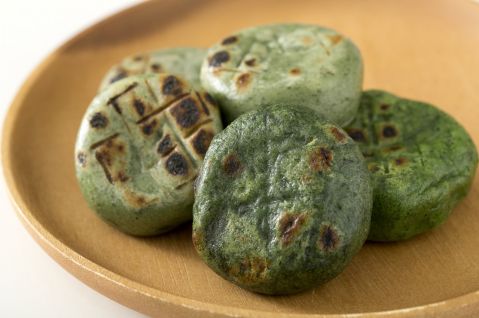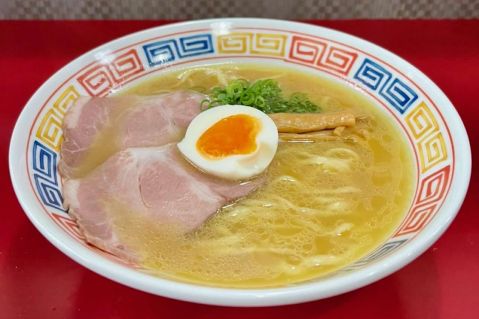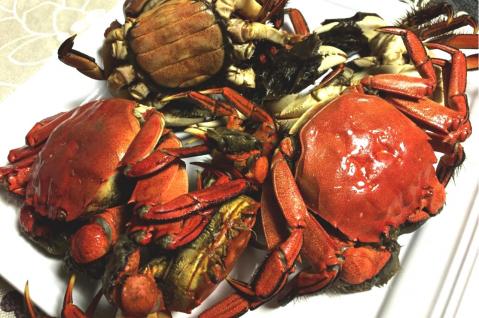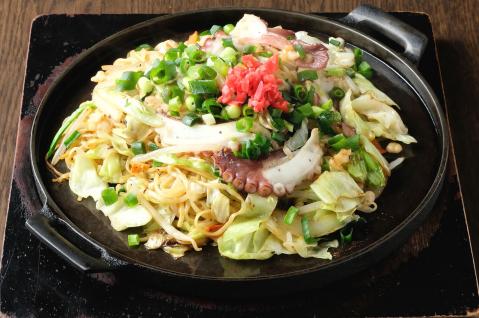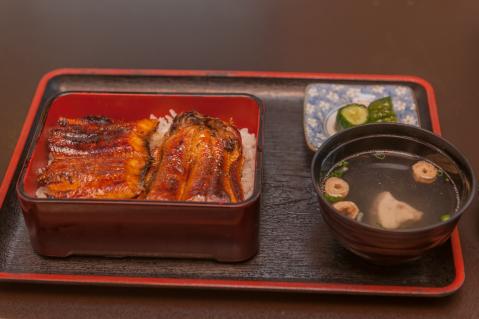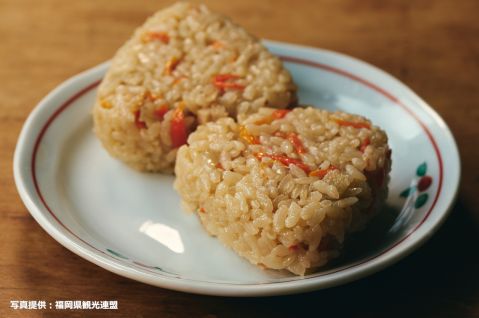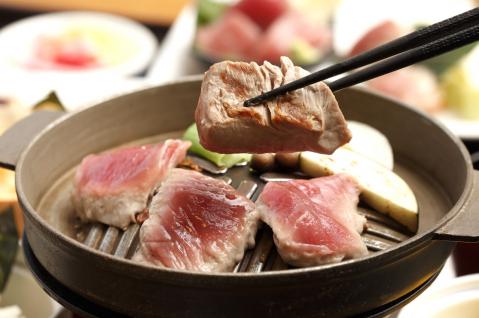Simmered Black Soybeans
A staple of New Year’s festivities, symbolizing health and longevity
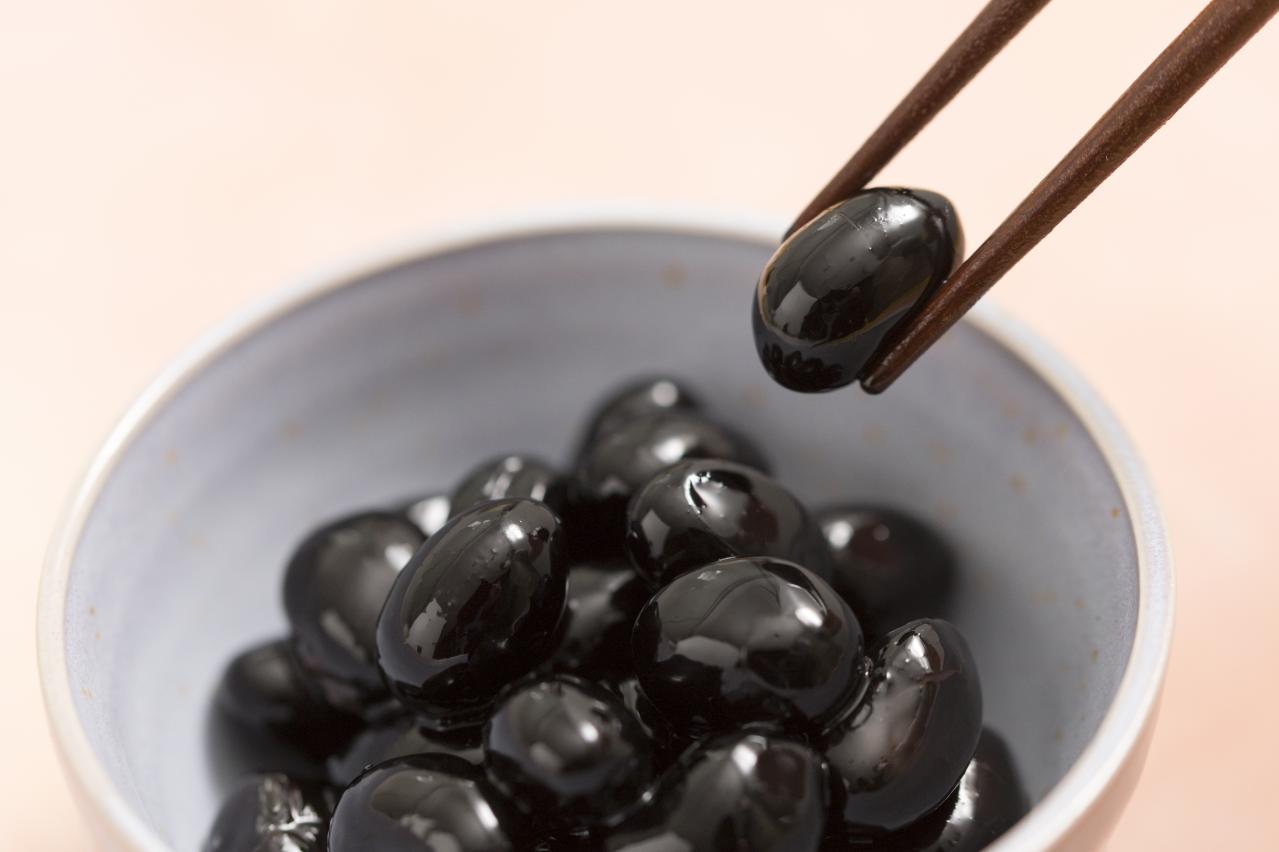
About Simmered Black Soybeans
Simmered Black Soybeans (黒豆煮, Kuromame-ni) is a traditional dish made using black soybeans primarily grown in the Tanba region, including Kyotanba Town and Nantan City. The history of cultivating black soybeans in this area is ancient. While soybeans themselves were classified as one of the "five grains" as early as the chronicles Kojiki (712) and Nihon Shoki (720), the exact origins of the Tanba black soybean variety remain unknown. Records from the 10th century distinguish black soybeans, referred to as “Karasu-mame,” from regular soybeans, and by the 16th century, black soybeans were listed as offerings to the Imperial Court, suggesting the practice was already well-established by then.
The region’s fertile soil and dramatic temperature differences between day and night create ideal conditions for cultivating these soybeans. As a result, the beans grow large, glossy black, and have a rich flavor. However, their six-month growing period and the technical challenges of cultivation have earned them the nickname “hardship beans” among farmers.
The large, smooth, and brilliantly black beans boast excellent flavor even after cooking. Recipes such as fresh edamame or black soybean rice, which highlight the pure, natural taste of the beans, are popular. Around New Year’s, these black soybeans are simmered into a dish called "Simmered Black Soybeans." This dish carries the symbolic wish for good health and long life, with the saying “to work diligently, as if tanned in the sun” adding a cultural nuance of hard work and prosperity.
Black soybeans bloom around August, and between September and October, they begin to form pods, turning black over time. By October, the immature pods are harvested for fresh edamame. The fully ripened beans, meant for simmering, are harvested in November. After leaves around the pods are removed, the beans are dried in the sun, transforming from oval-shaped to round.
To prepare Simmered Black Soybeans, the black soybeans are slowly cooked with sugar and soy sauce over low heat. This gentle, patient cooking process ensures that the beans become plump, tender, and irresistibly delicious, making them a cherished addition to celebratory New Year’s meals.
Related videos
Reviews
There are no reviews yet.
Regional cuisine of Kyoto region
Japanese Cuisine - Local cuisine
Kind of food
Recommended
-
![Shirokuma Kakigori]()
Shirokuma Kakigori
Kagoshima / >Local cuisine -
![Sanuki Ramen]()
Sanuki Ramen
Kagawa / >Ramen -
![Tsugani (Mokuzugani)]()
Tsugani (Mokuzugani)
Kochi / >Seafood -
![Kojima Tako Shio Yakisoba]()
Kojima Tako Shio Yakisoba
Okayama / >Soba & Udon -
![Kochi Grilled Eel]()
Kochi Grilled Eel
Kochi / >Don dish -
![Hyuganatsu]()
Hyuganatsu
Miyazaki / >Local cuisine -
![Kashiwameshi Rice Ball]()
Kashiwameshi Rice Ball
Fukuoka / >Local cuisine -
![Fukaura Tuna Steak Bowl]()
Fukaura Tuna Steak Bowl
Aomori / >Don dish

